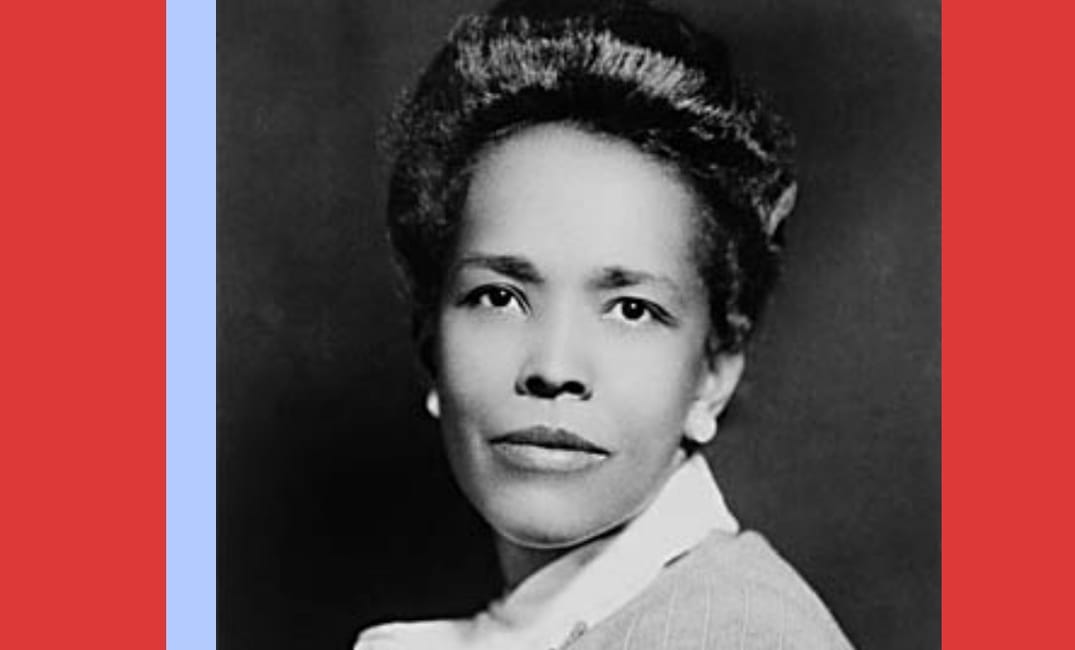Nathan Hine
When a white policeman knelt on George Floyd’s neck for eight minutes and 46 seconds which brought about his tragic death, it was clear that this was an important moment in the struggle for racial equality. It was a moment when people across the world stood together and demanded existential change in the name of racial justice, led by the Black Lives Matter Foundation.
It has seen calls for change by sports stars such as Formula 1 driver Lewis Hamilton, as well as musicians, politicians, and celebrities, culminating in marches and protests all across the world, demanding real change for real people.
But at its core, Black Lives Matter is a call from the next generation of black people wanting real substantive change to eliminate racism once and for all. Rewind to 1960s USA, it was also young people who were fronting the charge with direct action led by female campaigner Ella Baker. So what can we learn about the role of student activism in the 1960s to achieve real change today?

Support Us!
Support us by contributing as little as £1 so we can continue to give young people a voice and a platform they deserve.
1.00 £
Who was Ella Baker?
On Easter weekend 1960, Ella Baker persuaded members from the Christian-led civil rights group SCLC (Southern Christian Leadership Conference) to invite students to the Southwide Youth Leadership Conference at Shaw University. After the success of the students’ sit-ins at a Woolworth’s department store in Greensboro, North Carolina, the Student Non-violent Coordinating Committee (SNCC) was formed which formalised the role of students in the name of civil rights.
The Greensboro sit-ins were considered to be the spark for the sit-in movement across the deep south where more than 70,000 people participated, meaning that several department store restaurants were desegregated.
Baker was a strong advocate for participatory democracy which combined the traditional appeal of democracy with an innovative tie to broader grassroots participation. In short, it was based on an appeal for grassroots involvement with a call for direct action as the answer to fear, isolation, and intellectual detachment, without the need for a central leader.
How does her activism compare with today’s?
Black Lives Matter has also responded to acts of fear, isolation, and intellectual detachment. For instance, the Free21Savage campaign saw Black Lives Matter put pressure on immigration customs to free Sheyaa Bin Abraham-Joseph in order to demand immigration reform in the US.

The #Free21Savage held a rally in Atlanta, Georgia and dropped a petition in the immigration field office on 12 February 2019. He was subsequently released the day after, which marked a great triumph for the movement.
In a similar vein, SNCC took part in their first direct action in summer 1961 along with sister civil rights group CORE (Congress of Racial Equality) which were known as the Freedom Rides as a response to segregated buses in the South. This involved activists riding the interstate buses into the segregated South to challenge the non-enforcement of Morgan v Virginia (1946) and Boynton vs Virginia (1960).
The consequent violence and arrests gathered national and international attention, drawing more and more riders to the cause. By Autumn 1961, pressure from the Kennedy administration meant that the Interstate Commerce Commission issued regulations prohibiting segregation at interstate transit terminals.
How did Ella impact wider US politics?
Baker also contributed towards political success in forcing the mainstream democratic party to change tact after she established the Mississippi Freedom Democratic Party as a black alternative to the Democratic Party.
The huge support for the MFDP caused tension between civil rights groups and the federal democrats. Along with direct action from civil rights groups and Baker’s work to raise money for the Southern Conference Education fund (aimed to help black and white people achieve social justice), this contributed towards the democratic President Lyndon B. Johnson to sign off the 1964 Civil Rights Act and 1965 Voting Rights Act which were some of most important pieces of legislation for race equality.
The 1964 act outlawed discrimination based on race, colour, religion, sex, and national origin. It prohibited unequal application of voter registration requirements, as well as racial segregation in schools, public accommodation, and employment discrimination.
The following year, the 1965 Voting Rights Act was passed which prohibited racial discrimination in voting in order to enforce the voting rights guaranteed by the Fourteenth and Fifteenth Amendments in the United States Constitution.
At the time, President Johnson said: “The real hero of his struggle is the American negro. His actions and protests, his courage to risk safety and even to risk his life have awakened the conscience of the nation. He has called upon us to make good the promise of America. And who among us can say we would have made the same progress were it not for the persistent bravery and his faith in American democracy?”
Baker was seen by some to be a radical with SNCC supporting black power by the mid-1960s and drew widespread criticism from King and other civil rights groups. She was a strong socialist figure and encouraged SNCC to reject rebating (providing a refund or discount) which she saw as decisive and unfair. Her feud with King was brave, ambitious, and uncompromising in advancing her agenda of participatory democracy as she sought to encourage student activists to do whatever it took in order to achieve true equality.
Baker was committed to the cause of racial equality and acted as the teacher for figures such as Stokely Carmichael and Diane Nash in fighting back against the establishment through political measures as well as direct action.
The regard to which Baker is held is shown by the fact that on accepting his nomination to be the Democratic Party candidate, Joe Biden quoted Ella Baker and said: “Give people light and they will find a way.”
With that in mind, the events in the US this year present another turning point and the opportunity to force the hand of governments around the world. In America, Black people need to vote for Biden and then advance their message once there is a democratic president in office through direct action and political manipulation, and with that the rest of the world should follow.
Thanks for reading our article! We know young people’s opinions matter and really appreciate everyone who reads us.
Give us a follow on Instagram, Twitter and Facebook to stay up to date with what young people think.

